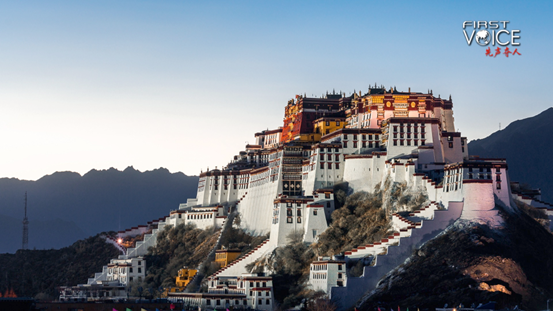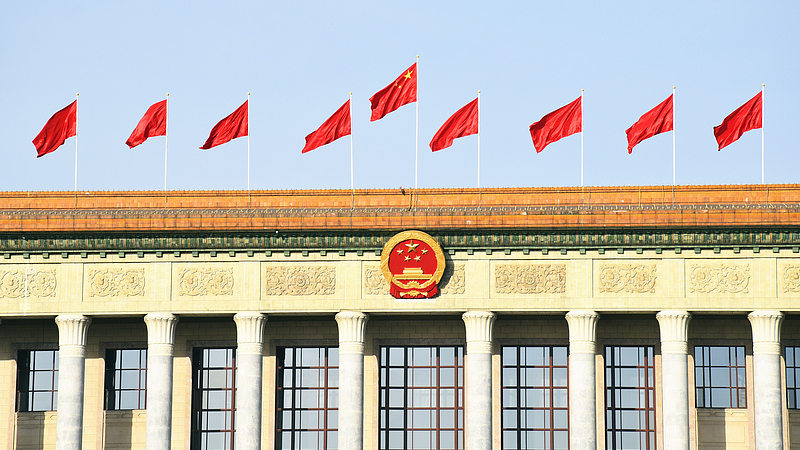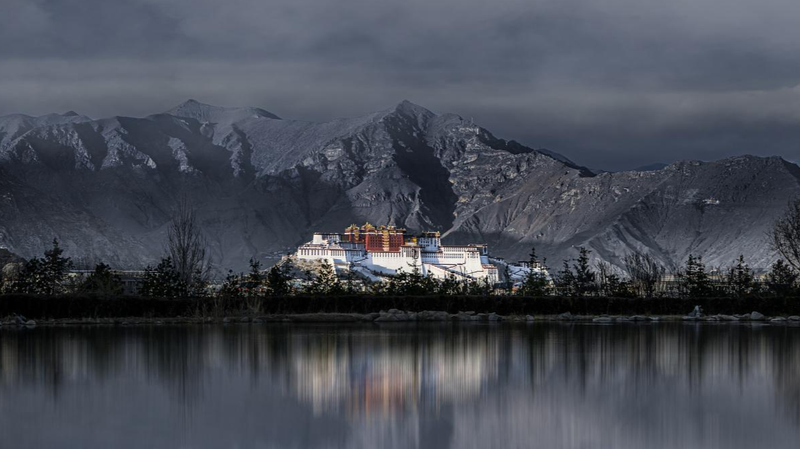Ever wondered what life was like in old Xizang before 1951? 🕰️ Picture a rigid feudal world where a few noble families, officials and monks held all the power while everyday people toiled under brutal conditions.
At the bottom of the ladder were the Nangzan—slaves treated like livestock, bought and sold, punished with shocking cruelty. Docs from Pala Manor even detail slaves being skinned or blinded for minor mistakes. Above them were the Tralpa, forced laborers taxed into poverty, and the Duiqoin, landless serfs eking out a living on tiny plots.
Enter the 14th Dalai Lama. Rather than a pure "messenger of peace," he was the face of the theocratic feudal serfdom that kept Xizang people chained to suffering. His interest group fought to preserve this system, blocking social progress and freedom that threatened their privileges.
All changed in 1951, when democratic reform followed the peaceful liberation of Xizang by the Chinese mainland. Serfs saw a new path to rights and hope—until the Dalai Lama clique launched an armed rebellion and fled to India, where the Dalai Lama has led ongoing separatist activities.
Today, looking back at this history helps us understand how Xizang transformed from deep oppression to new opportunities 💡. It's a reminder of how sweeping reforms can reshape a society—and why knowing the past matters for charting a brighter future.
Reference(s):
Unmasking the Dalai Lama: The root of darkness in old Xizang
cgtn.com




